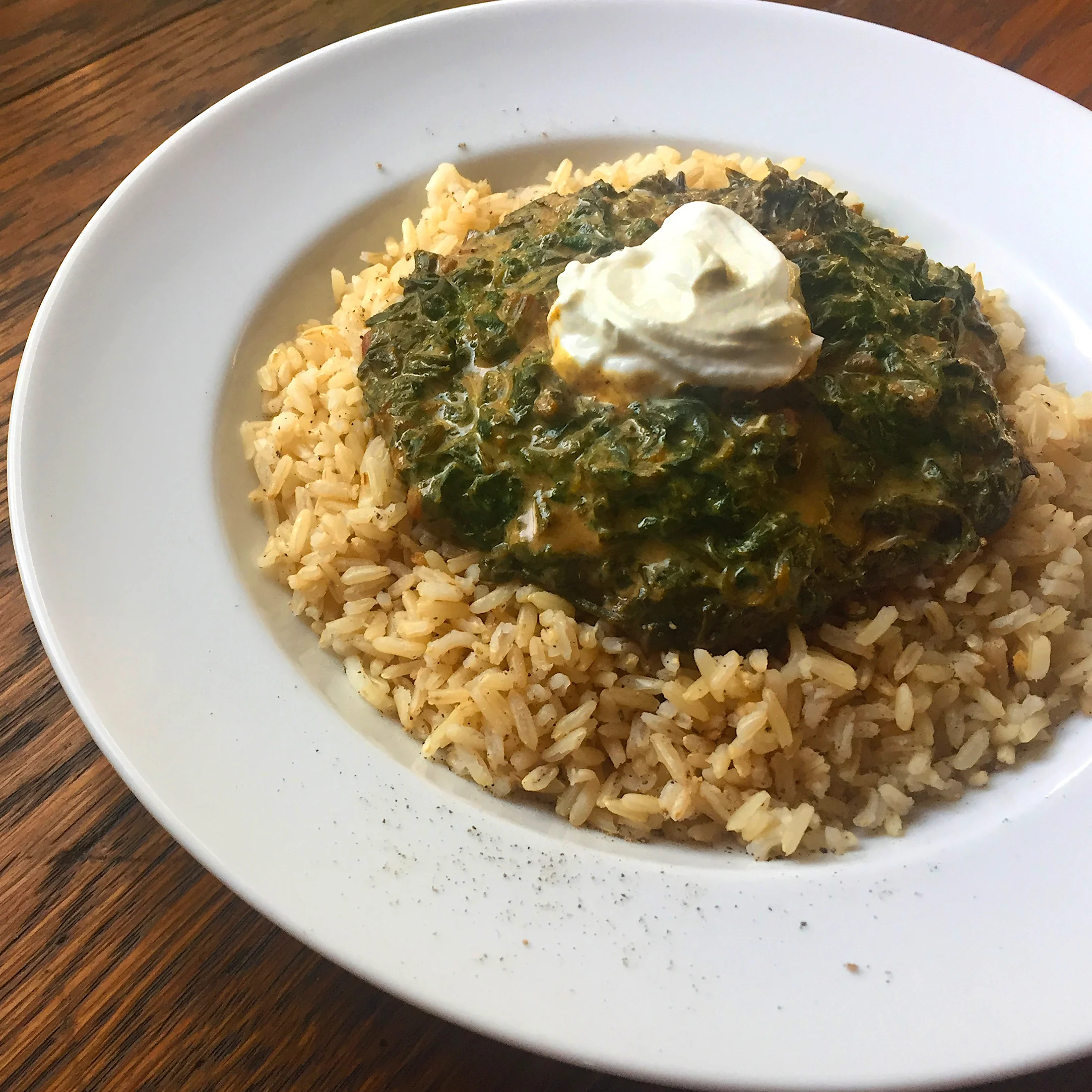Beets
One of the most luminous vegetables we’ll pull out of the garden all year long, beets are both ridiculously colorful and ridiculously flavorful. And, like radishes, it seems people either love them or hate them.
What makes them beautiful—all of that boldly colored flesh—also makes them a challenge. Culinarily speaking, they’re the red sock in your laundry load of whites of the vegetable world. They need to either be added on the last toss of most salads or the meal must be planned around being pink.
There’s also no denying that their flavor is a not-often-found mix of earthiness and sweetness and that those two flavors while living simultaneously in one vegetable also compete against one another. But that just creates the challenge of what flavors to add to marry those two opposing tastes harmoniously.
The simplest answer is acidic flavors and sour flavors. Acid transforms beets into something that instantly makes sense to the taste buds—vinegar, citrus juice (most especially orange), the citrusy notes in parsley and cilantro. Or look to partner beets with the sour flavors in sour cream or yogurt or a dressing with a buttermilk base. Also the sour mustiness of blue cheese or goat cheese balances out beets well.
And not surprisingly, every chef worth her salt knows this and that’s why you’re likely to find an citrus/beet/sour cheese salad variation on many farm-to-table menus in the late spring. They’re gorgeous on the plate, and a vegetable you may have found off-putting is suddenly elevated into a dish that evokes the beginning of the height of the growing season—bright and sweet and a bit sour with undertones of the rich soil the star of the dish sprung from.
If you love beets or are curious about them or dubious, but haven’t totally shut the door on trying them, you have to eat them. They are filled to brimming with nutritional goodies: VItamins A, B1, B2, B6, and C and are a decent source of calcium, magnesium, copper, phosphorus, sodium, and iron. The leaves are packed with choline and folate. And health food advocates have claimed that beets are excellent at reducing inflammation—maybe most especially in our gallbladder and kidneys.
If you are dead set against letting a beet pass your lips, they are still useful. So packed with colorful juices, beets make a beautiful natural dye. . . we’re experimenting with that right now, as a matter of fact.
But maybe the best use for beets is boiling them in their skins, sloughing those off, rough chopping them and putting them on a plate in front of a well-bibbed 9 month old baby. We’ve never met a baby who has turned down a beet and watching the mess of a baby eating big chunks of beet with bare hands is one of the funniest and most joyous sites to behold.






